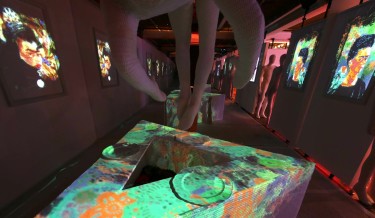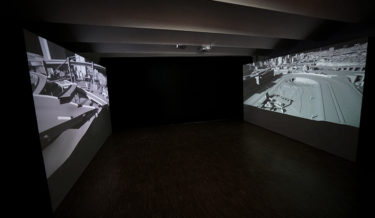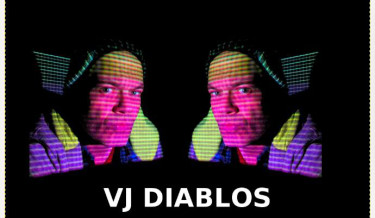Related post
Olek & Michelle P. Dodson Installation at Rumney Guggenheim
Jan 15, 2016
|
Comments Off on Olek & Michelle P. Dodson Installation at Rumney Guggenheim
2233
Ghost City – Video installation by Hugo Arcier
Feb 18, 2017
|
Comments Off on Ghost City – Video installation by Hugo Arcier
2605
Lumen Interview: Jaroslaw Balabanski (VJ Diablos): «I can say – In vjing I trust.»
Feb 01, 2016
|
Comments Off on Lumen Interview: Jaroslaw Balabanski (VJ Diablos): «I can say – In vjing I trust.»
4013


 LuYang being 3D-scanned
LuYang being 3D-scanned 3D scans of LuYang
3D scans of LuYang LuYang’s nonsexual human avatar takes shape.
LuYang’s nonsexual human avatar takes shape. LuYang’s floating head and decaying organs
LuYang’s floating head and decaying organs Dancing avatars
Dancing avatars

